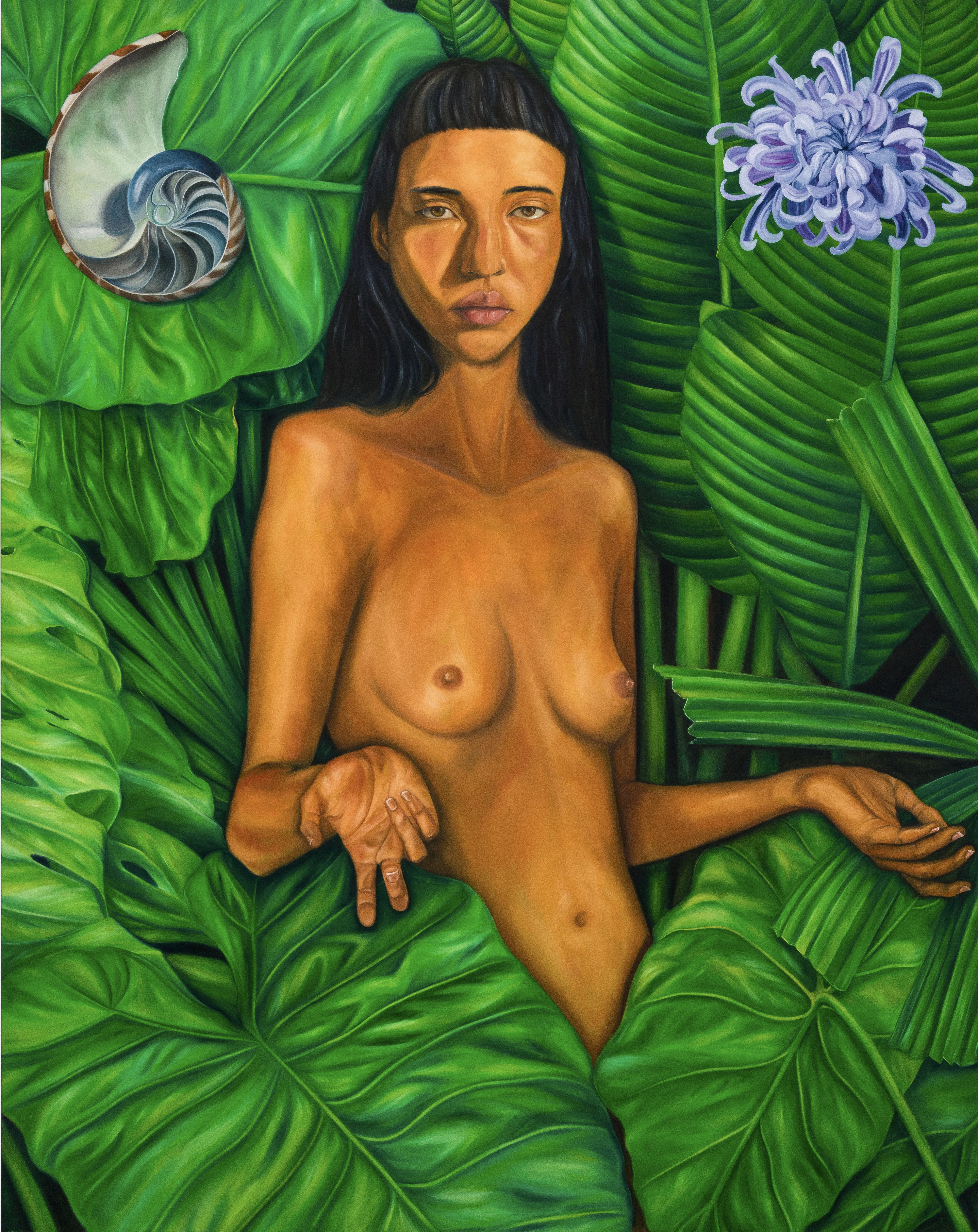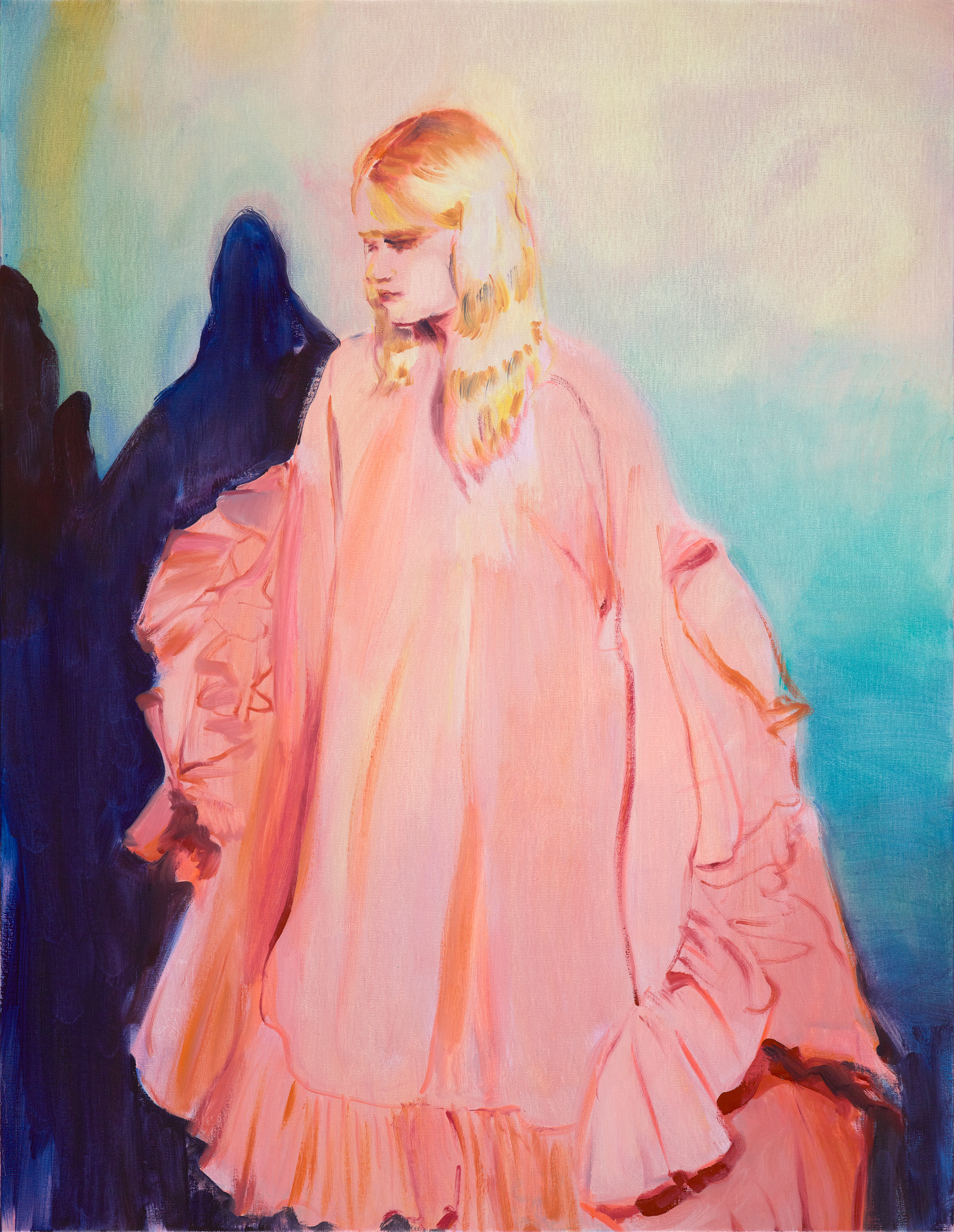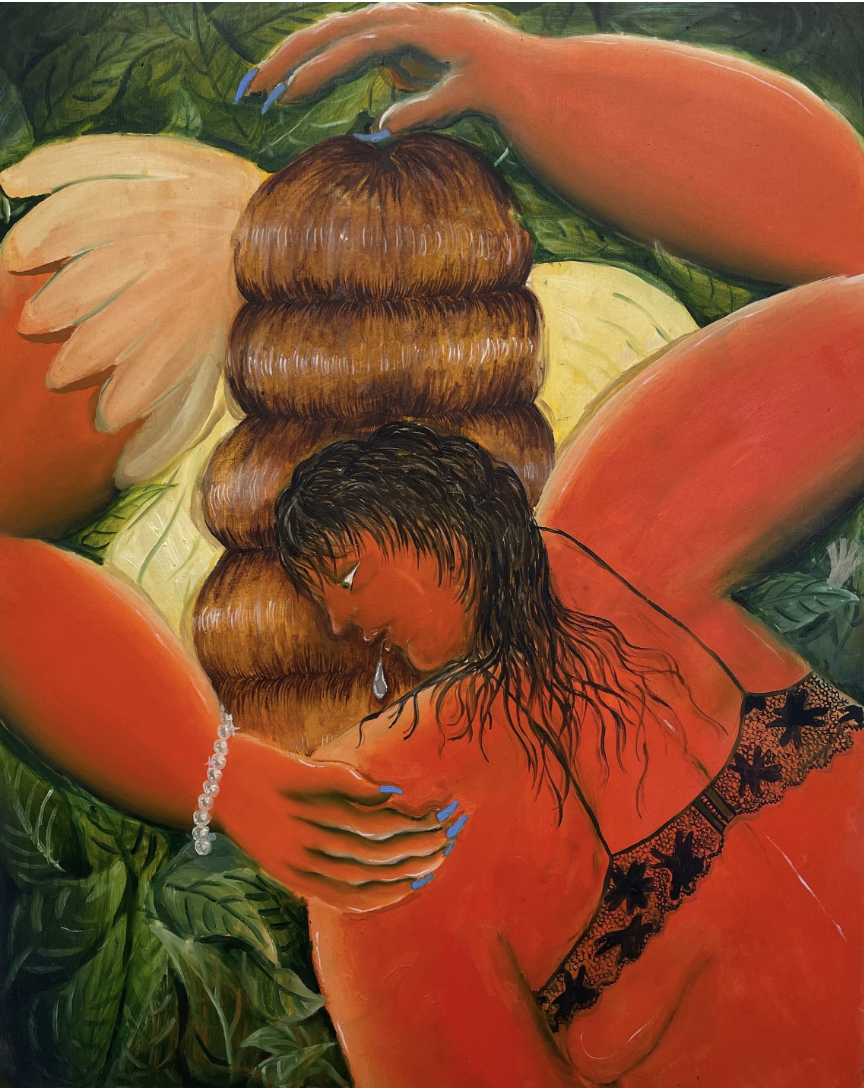Women in the Picture: Redefining the gaze at Artscapy’s upcoming exhibition
Launching our first annual Artscapy exhibition, Women in the Picture, inspired by Catherine McCormack’s pivotal book of the same name, championing the ‘female gaze’. This gaze is not a radical feminist branch that follows the similar oppression and restriction as its male counterpart but instead, is one that inherently allows beauty in diversity and looks at what it really means to be a woman. It questions social laws set by men and reimagines womanhood outside of the realm of servitude, instead seeking solace, rest, pleasure and affection, through the works of eight female artists: Stefania Tejada, Oriele Steiner, Konstantina Krikzoni, Gal Schindler, Lindsey Bull, Ewa Juszkiewicz, Monika Marchewka, and the legendary photographer Lee Miller. Together, they investigate not only the subtlety with which our everyday experiences articulate the dominance of the male gaze but they also reflect on the art world’s reverence of heterosexual, male artists. View the event details here.

Stefania Tejada, God's Dream (2022), Image courtesy of the artist, © Stefania Tejada.
“Taste and beauty are unerringly political issues: while each geographical region may have its own traditions of beauty, the default in global culture is always the classical white Venus. And this is important because our reverence for Venus and for classical culture has trickled down into the way in which we see women’s bodies generally and the expectations that we place on them”, writes McCormack..
In Women in the Picture, McCormack explores the patriarchal origins of the figure of Venus and the male gaze that is deeply entrenched in everything we create from art to advertisements. Gillette, a razor brand has a product titled ‘Venus’ that aims at helping women feel more comfortable in their own skin. Its campaign uses the chorus: “I’m your Venus, I’m your fire, your desire” as its main advertising jingle. These catchy lyrics lie dormant in our brains, without much thought to what the words truly signify. McCormack highlights the lyrics and their direct reference to the male gaze where a hairless, smooth female body is not only a norm but also being branded as the most comfortable way of being for women. The male gaze therefore, addresses not just how women’s bodies are viewed but also, how they are moulded to fit this patriarchal gaze. The continuity of this outlook in our museums and galleries, full of marble sculptures of women with little clothing and nude, hairless portraits, where people wander for leisure sets a dangerous precedent that no matter how radical art may try to be, it is still actively being used as a tool to tell women where their beauty really lies.

Babydoll (2025), courtesy of Bo Lee and Workman, © Michael Pollard.
McCormack’s section on Venus, is focused on not only historical art and the creation of Venus herself (from the scrotum of Uranus - not even from a woman's flesh), but she questions the way women’s bodies continue to be represented. In rooms where they seem happy, in paintings they modelled for, in songs, movies, advertisements where they appear have approved their images - Is that their real self or have they been conditioned to perform? She references Robin Coste Lewis from the New Yorker stating that ‘ever since Rome we keep replacing the statues with continuing the same blind games’.
From Diego Velázquez’s The Rokeby Venus (1647–1651) to Paul Gauguin’s Nevermore (1897), the female body has long been represented through the male gaze. Male nudes have traditionally symbolised power and authority, while female nudes have instead reinforced the painter’s control over both women’s bodies and their position in society. A recent Sotheby’s auction report by ArtTactic noted that 1,148 women artists were represented at major auctions in 2024, an increase from just 495 in 2018. This growth points to the emergence of a stronger market for female artists, both contemporary and impressionist. Yet, the number remains disproportionately low, underscoring the urgent need to expand female visibility across galleries, auction houses, and museums. Without such representation, the ‘female gaze’ risks being confined to isolated conversations rather than embedded in the cultural mainstream.

Oriele Steiner, The Desire, Despite It All (2024), courtesy of the artist and Artistellar
Women in the Picture seeks to confront this imbalance, championing female artists and pushing towards greater gender parity in the arts and, by extension, transforming how we view and engage with one another. It is within this context that Catherine McCormack’s Women in the Picture becomes especially resonant, offering a framework to rethink how we see and represent women, and inspiring Artscapy’s commitment to reimagining the gaze.
Women in the Picture runs from 10:00 AM, 4th – 8th November as part of Artscapy’s first annual exhibition series. This is an Artscapy members-only event, please create an account to RSVP and secure your place at the exhibition, VIP opening, or panel discussion.
The exhibition opens with a week of invitation-only events:
Tuesday 4 November — VIP Private View
Wednesday 5 November — Panel Talk
Saturday 8 November — Closing Breakfast with Investors and Collectors
Please RSVP to express your interest.









